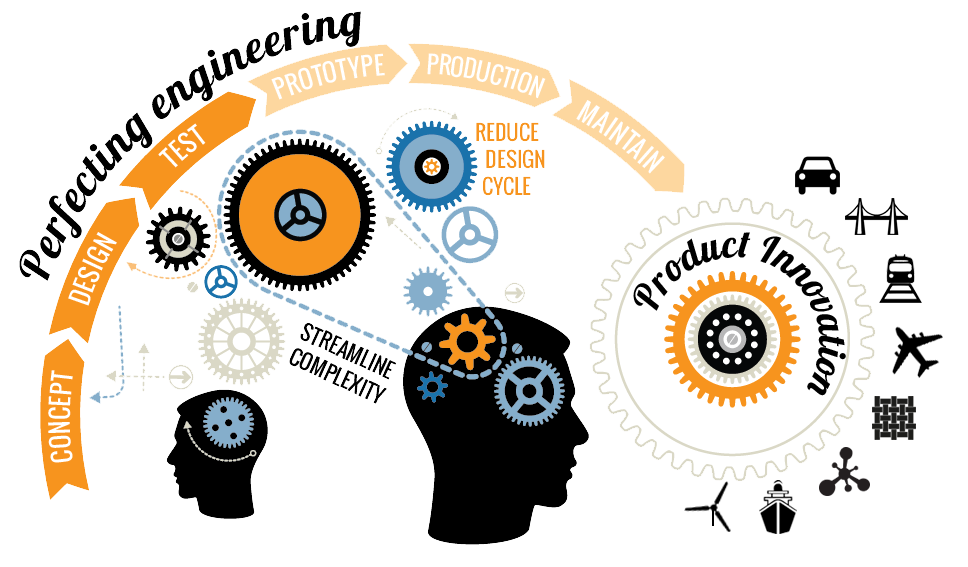Paul Software Research and development (Paul R & D) service providers perform original investigation or apply research findings to gain new knowledge; they use this knowledge to create new or improved technologies intended to provide a competitive advantage for the business or organization which has requested their services. Software Industrial R & D is specifically defined as the process of obtaining new knowledge that will eventually result in new or improved products, processes, systems, or services that will benefit the company's sales or growth.
Paul Software Research and development is similar to engineering but is a distinct process with unique goals. Paul R & D creates knowledge, develops designs, and moves on to creating — and proving the feasibility of — prototypes and samples. Engineering, which follows Paul R & D, converts these samples into marketable or economically feasible products or processes.
Paul Software R & D may be defined as three separate sub-processes: basic research, applied research, and development. Each of these may be more or less prominently involved in the research and development process, depending upon the scope and type of project.


Basic Research attempts to attain a fuller knowledge or understanding of the research subject. In an industrial sense, basic research is used to further knowledge about a subject without a specific commercial objective.
Applied Research involves investigation aimed at discovering new knowledge related to a specific commercial objective involving products, processes, or services.
Development is the application of obtained research to the production of useful or commercially viable materials, products, devices, systems, or methods. This also includes the production of prototypes and sample processes.

Paul Software Research and development Specific R & D Services
In addition to specializing in niche markets, research and development service providers may also offer specific R & D services, some of which are described below.
CAD Design:
Computer aided design (CAD) uses computer systems to assist in creation and optimization of a product or process design.
Ergonomic Design:
Applies human needs theory and other principles to design devices and products to improve well-being and performance.
Industrial Design:
Broad group of service providers that develops or enhances product designs.
Modeling:
The development of conceptual representations to design, analyze, and predict responses of products or processes.
Packaging Design:
Design and creation of consumer and industrial packaging.
Process Design:
Development of new processes; optimization research.
Product Design:
Idea generation; concept development; prototyping and testing.
Scientific research:
Also known as the “basic research” above.
Software development:
Creation of new software for the purpose of managing or aiding a process or procedure.
Systems Design:
Design of modules, devices, interfaces, and system data with regards to predetermined specifications.